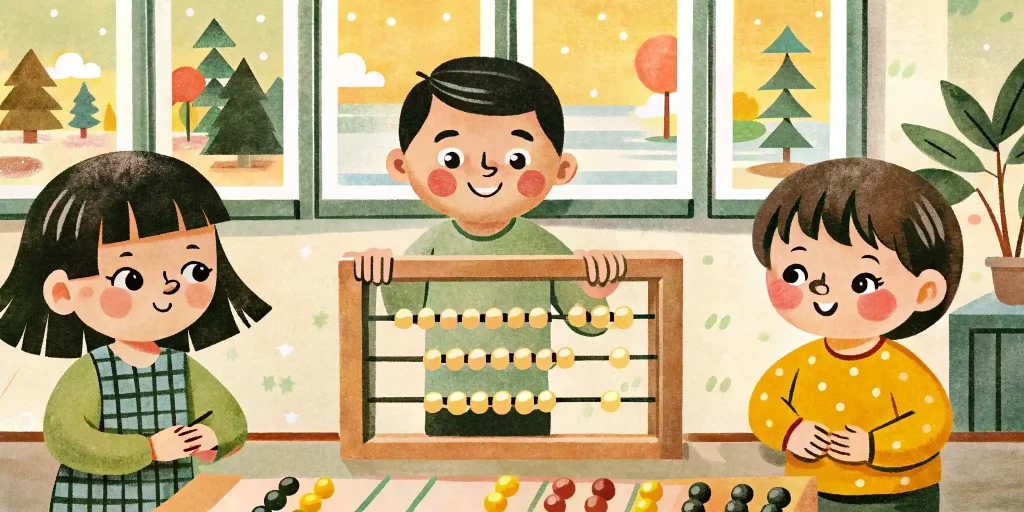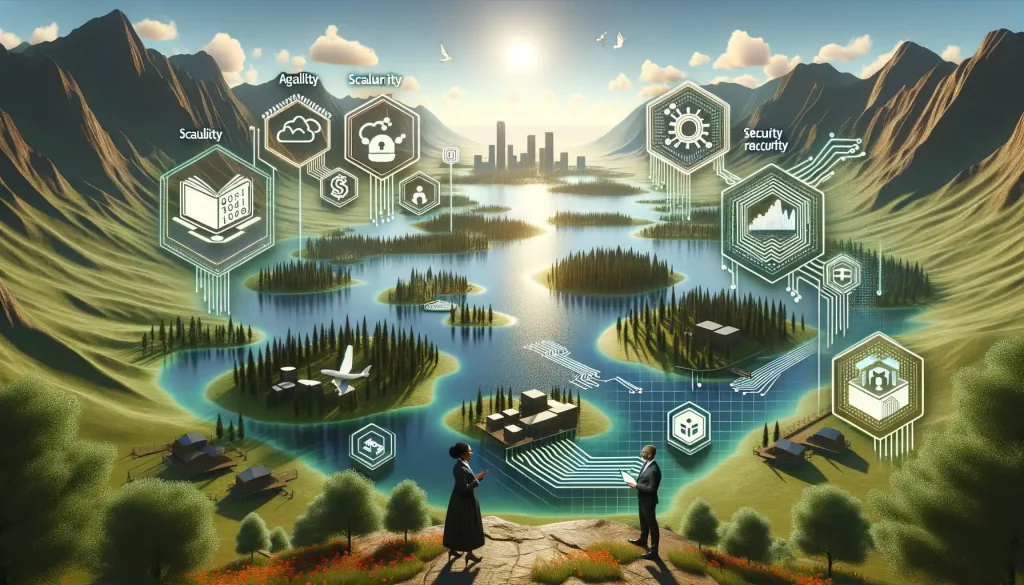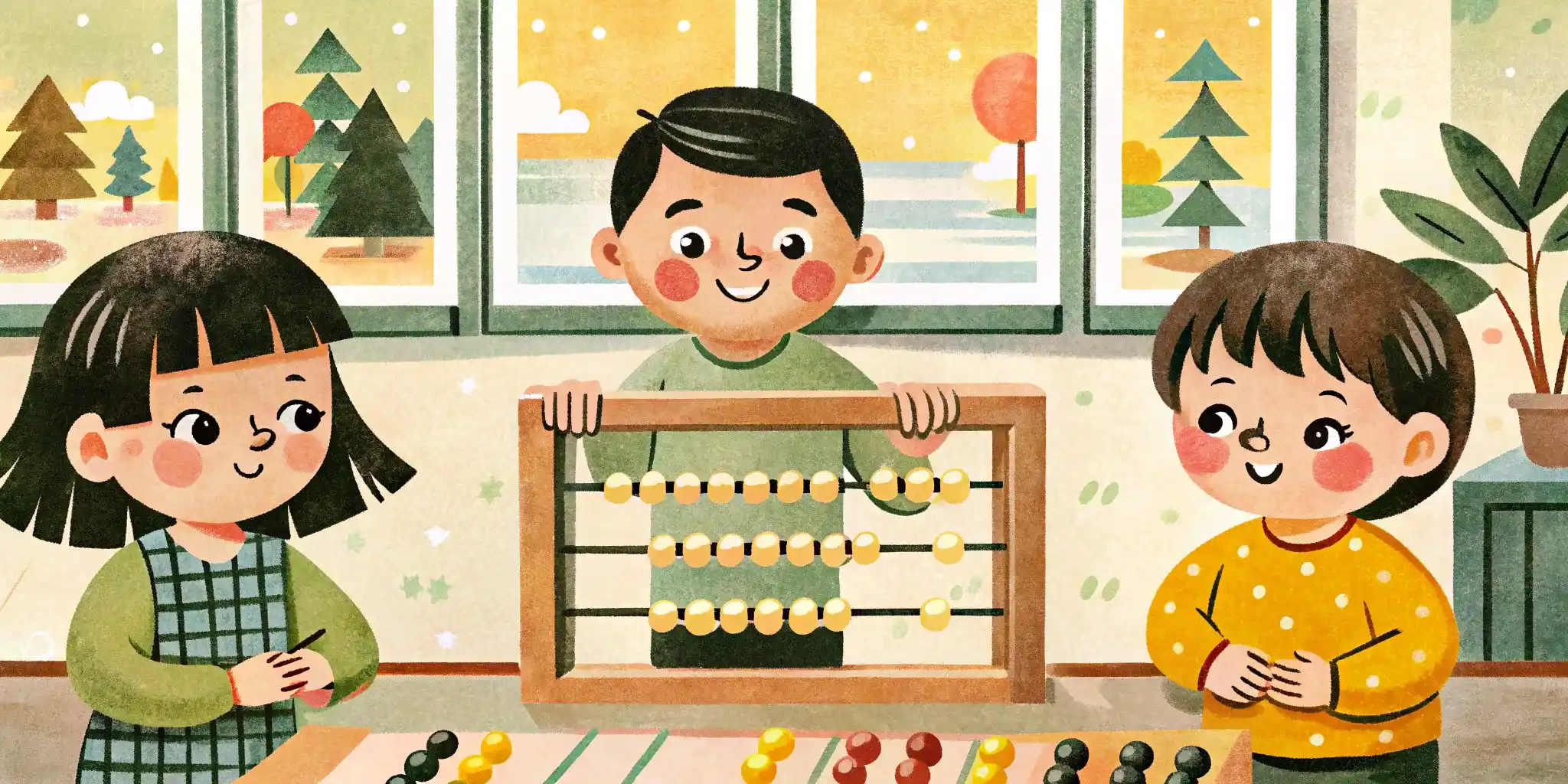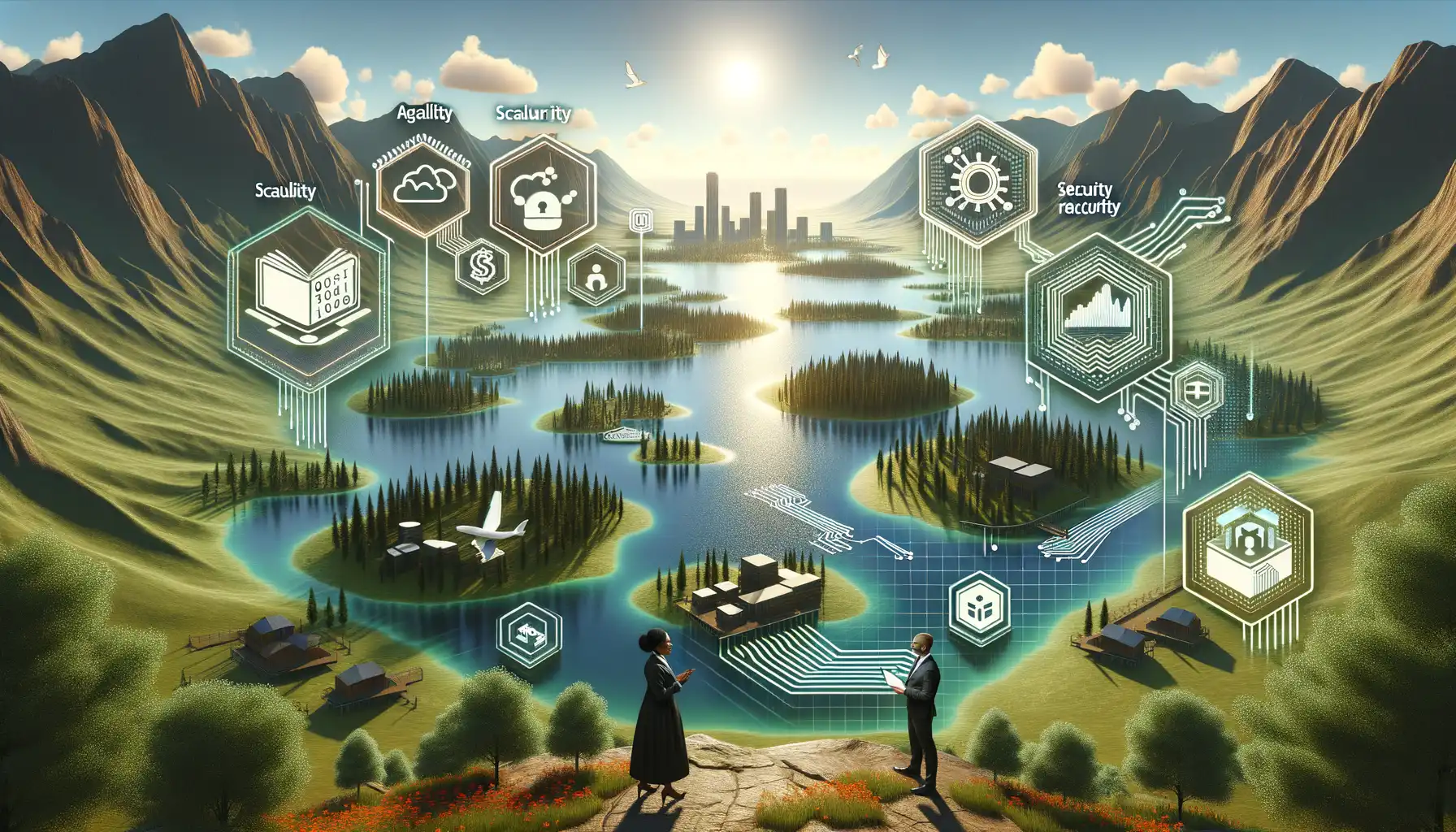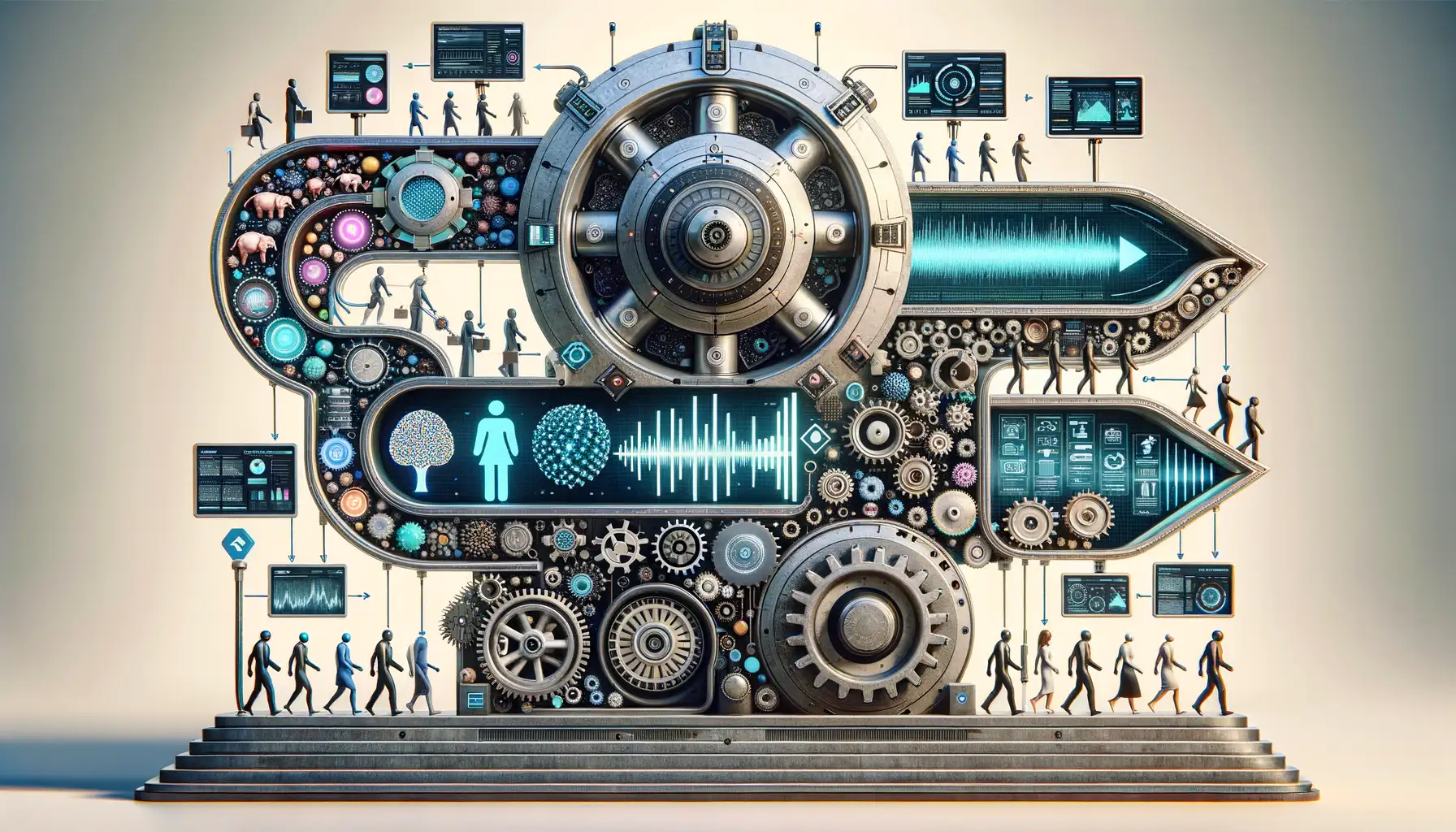Exploring Creative Applications of Neural Networks
From Pixels to Masterpieces: A Neural Network’s Hidden Talent
Have you ever seen an AI take a random brush stroke and turn it into what looks like a Van Gogh painting? That’s the magic of neural networks. These systems are no longer just crunching numbers in labs—they’re diving headfirst into the creative pool, redefining how we see art and design.
Imagine feeding a neural network an image of a bustling New York street corner. It doesn’t just “look” at the picture; it deconstructs it—analyzing light, shadow, symmetry—and reimagines it as if it were painted by Monet or Picasso. It’s like handing creativity itself a new toolkit.
Here’s where it gets even wilder: these algorithms don’t stop at imitating human styles. They innovate. Ever heard of style transfer? It’s when neural networks fuse two wildly different aesthetics—turning your dog’s photo into something that feels part Renaissance portrait, part steampunk fever dream.
- Generate surreal landscapes that feel plucked from dreams.
- Create abstract posters bursting with intricate, unexpected patterns.
- Even compose melodies by learning the language of sound.
These aren’t mere technical feats—they’re proof that creativity isn’t bound to biology anymore.
How Neural Networks Transform the Art World
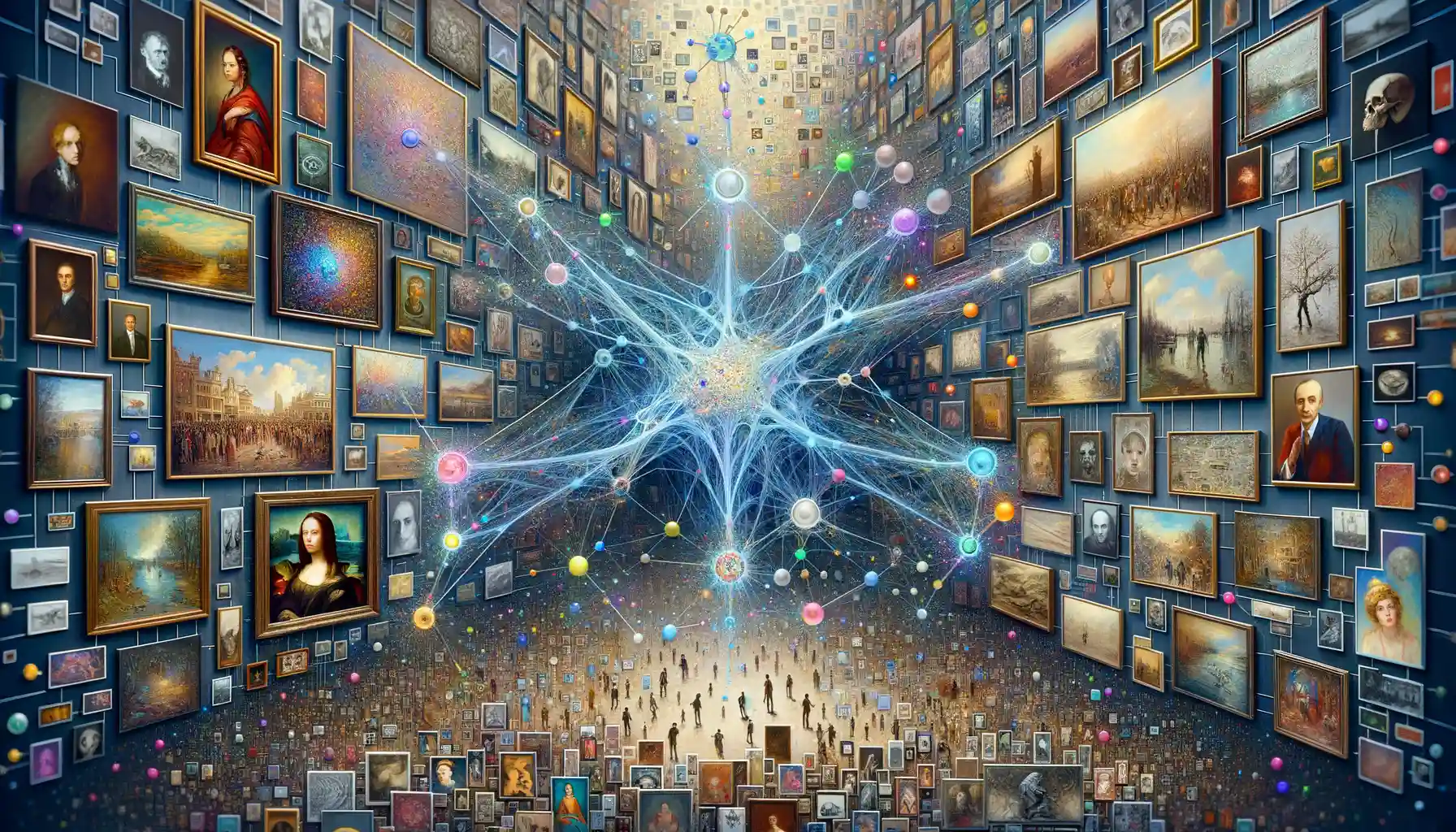
Breathing Life into Canvas with Algorithms
Picture this: a machine interpreting your brushstrokes or dreaming up colors you didn’t know existed. This isn’t magic; this is what neural networks do to art. By learning from centuries of masterpieces and modern-day creations, these algorithms don’t just replicate—they reinvent.
Take the mesmerizing work of GANs (Generative Adversarial Networks). These computational marvels pit two neural networks against each other—like an artistic rivalry—to produce strikingly original pieces. From surreal landscapes that seem born in dreams to portraits that feel like they could breathe, GANs are turning creativity on its head.
- Style transfer tools let you turn a snapshot into a Van Gogh-inspired swirling wonder.
- Neural doodle apps transform clumsy sketches into gallery-worthy visuals.
- AI even reimagines ancient murals, filling in gaps time has stolen.
Collaborating with Humanity’s Creativity
What’s most astonishing? Neural networks aren’t replacing artists—they’re co-conspirators. The AI-assisted artwork of Mario Klingemann, for example, blurs the line between human intent and machine spontaneity. Artists can now push boundaries they didn’t know they had, as the algorithm becomes both muse and medium. It’s not about losing control—it’s about shared genius. Just imagine a future where every artist teams up with a digital assistant tailored perfectly to their vision.
Innovative Design Techniques Powered by AI
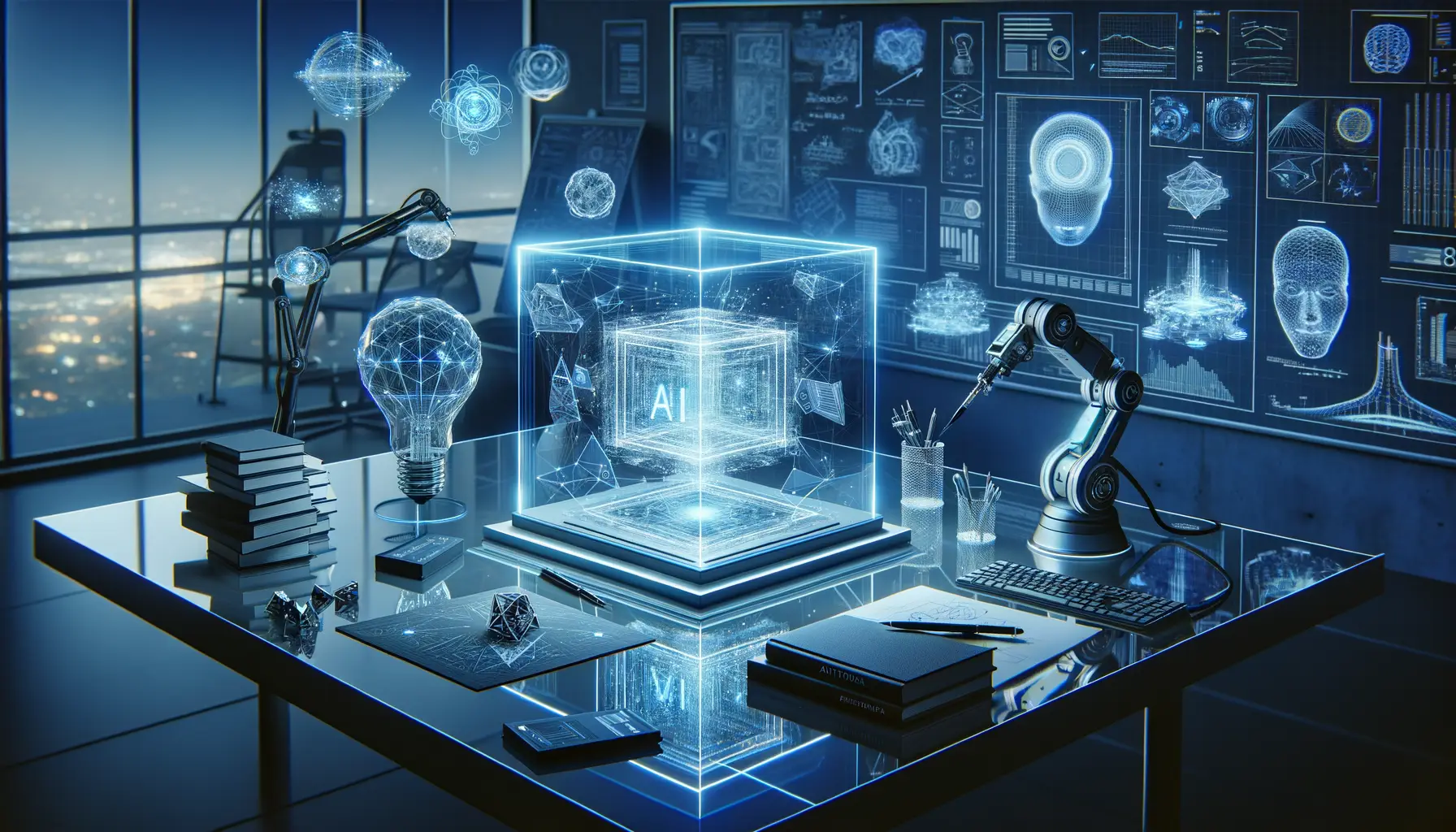
From Pixels to Masterpieces: AI’s Revolutionary Touch
Imagine a tool that doesn’t just assist you but becomes your creative accomplice, reshaping the boundaries of design itself. That’s what neural networks bring to the table—a kaleidoscope of possibilities where code meets creativity. Think about it: an AI algorithm analyzing thousands of architectural blueprints to suggest a futuristic skyscraper or conjuring up color palettes for a design that feels like a daydream brought to life.
Here’s where things get truly thrilling: these systems don’t simply mimic—they innovate. Using Generative Adversarial Networks (GANs), for instance, AI can produce utterly unique textures, patterns, and even furniture designs that feel plucked from another dimension. Imagine tables shaped like flowing rivers or wallpapers shifting hues like a sunset on command.
- Architects: Sketch out ideas, and let an AI refine them into structurally sound masterpieces.
- Fashion Designers: Upload fabric textures, and watch AI generate never-seen-before styles.
- Graphic Artists: Feed in rough concepts, and receive fully fleshed-out visualizations.
The magic? It’s not here to replace imagination—it’s here to amplify it. The brush is still in your hand; AI just gives you an infinite palette.
Challenges and Ethical Considerations in AI Art
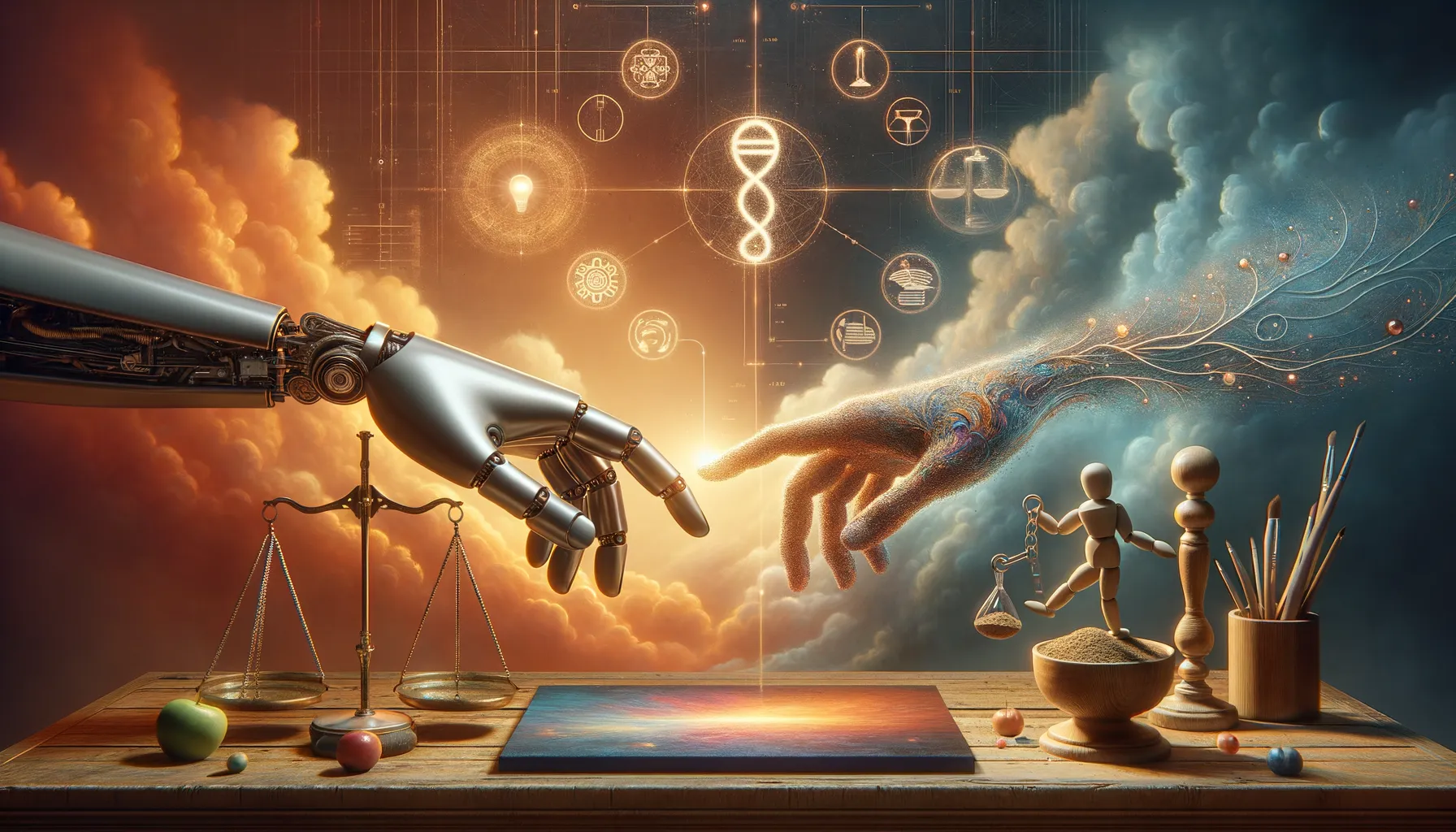
Walking the Tightrope: Balancing Innovation and Integrity
Picture this: a neural network generates a stunning piece of art that rivals the works of classic masters. Now, imagine someone slapping their name on it, claiming it as their own. This is just one of the thorny challenges lurking beneath the glittering surface of **AI-generated art**. Who owns the creation? The programmer? The artist who fed it data? Or the algorithm itself?
Ethical questions multiply when you consider what fuels these neural networks. Many are trained on databases of existing artworks—often without the original creators’ permission. Does AI turn homage into digital plagiarism? Or does it transcend, remixing and reimagining in ways humans never could?
- Transparency: Should AI art always be labeled as such?
- Fair attribution: How do we credit both human contribution and machine intelligence?
- Authenticity: What makes something “real” art?
The Human Touch vs. Machine Precision
Art is deeply tied to emotion and intent. Yet, can a neural network understand heartbreak or joy? Some argue it’s merely mimicking human creativity, while others see it as a groundbreaking collaborator. But here’s the kicker: once AI starts shaping art trends, does it eclipse human originality? Or does it simply challenge us to push further, think differently, create boldly?
Future Prospects of Neural Networks in Art and Design
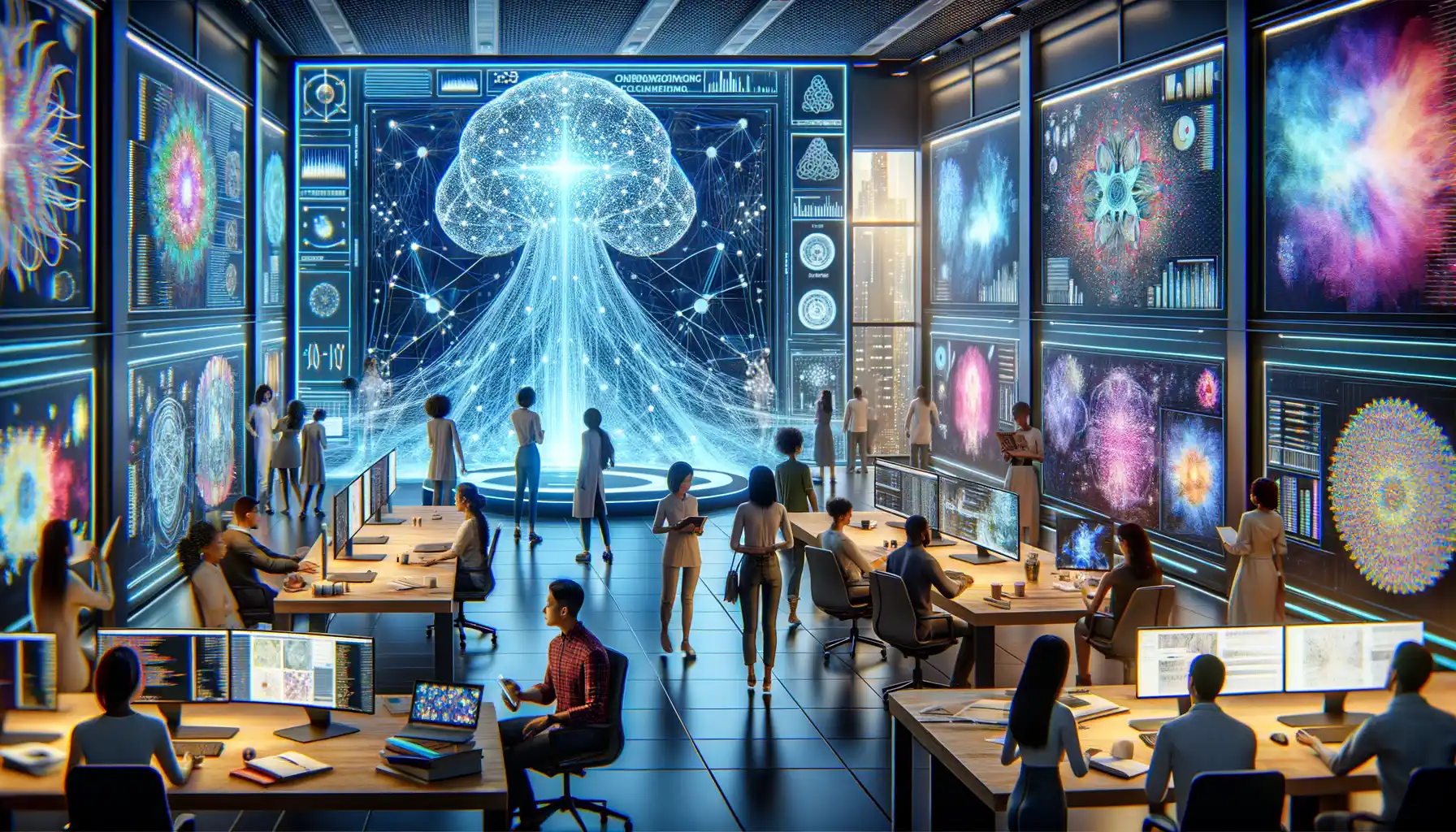
Reimagining Creativity in Uncharted Territories
Picture this: a neural network collaborating with you to design breathtaking visuals or craft mesmerizing patterns. Sounds like science fiction? It’s very real, and the future possibilities are as tantalizing as they are vast. Neural networks are no longer just tools but are beginning to feel like creative partners that can amplify human imagination.
Imagine an artist feeding a neural network with fragments of their dreams, colors from old family photos, or textures found in nature, resulting in psychedelic creations that look like they’ve stepped out of another dimension. In the world of design, AI could become the ultimate brainstorming assistant, churning out hundreds of innovative logo concepts or furniture prototypes faster than the human mind can process them.
- Generative adversarial networks (GANs) already create hyper-realistic portraits and surreal landscapes.
- AI-powered tools like DALL·E are integrating seamlessly into the workflows of digital designers and game developers.
How Neural Networks Could Liberate Artists
Let’s talk freedom—freedom from creative blocks, from the limits of technical skill, from rigid cultural styles. Neural networks, with their ability to learn from endless datasets, may grant every artist their own personalized muse. What’s even more exciting is their potential to democratize art. Small-town creatives or amateur designers anywhere in the world could access cutting-edge tools to compete with elite professionals.
And who’s to say neural networks won’t spawn entirely new styles of expression? Just as Impressionism shocked the art world, AI might lead to the birth of movements yet unnamed. From real-time virtual sculptures to interactive installations that respond to your heartbeat, the only constant is reinvention.


